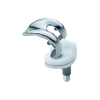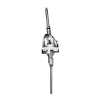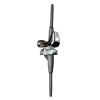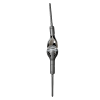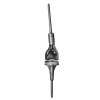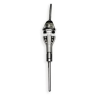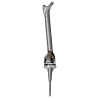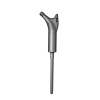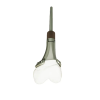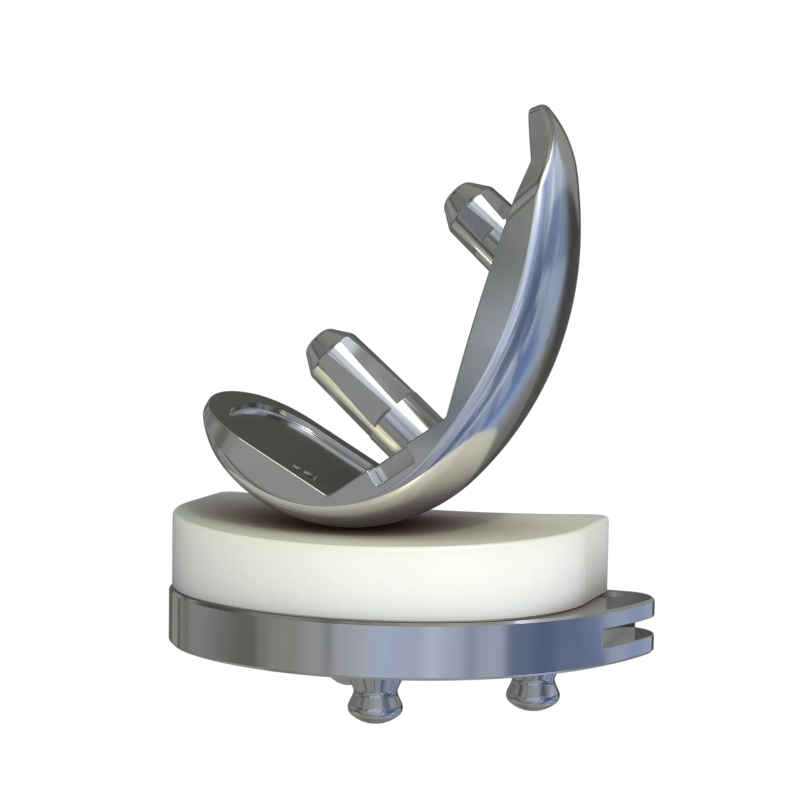

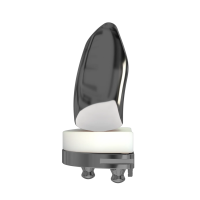
Short Description
UKA is a new, technologically mature, minimally invasive form of joint surgery that replaces the unilateral inter-articular cartilage and meniscus with an artificial unicondylar knee prosthesis, while preserving the normal articular cartilage surfaces and normal articular ligaments and other tissues on the opposite side. Compared to total knee replacement, it is less invasive and is easier to revise; Patient has a faster recovery with more normal postoperative joint function. The unicondylar has now become an important part of the treatment plan for knee preservation surgery.
Product Features
- The anatomically shaped design provides perfect harmony with the patient's bone structure.
- Multiple radius curves in the femoral condyle provide patients with better postoperative sensations
- Extended posterior condylar surface results in better return movement and increased stability in high flexion.
- The low-constraint joint surface limits knee movement less, thus allowing the knee to move more freely.
- Three pegs under the tibial base plate provide a stable placement platform for the prosthesis and simplify the surgical procedure.
- More prosthesis features are available to meet the individual differences of patients.
Technical Parameters
Main Technical Parameters of Tibial Insert Unicompartmental DD01
Tibial Insert
| Dimensions | 1# | 2# | 3# | 4# | 5# |
|---|---|---|---|---|---|
| MM | 8 | 8 | 8 | 8 | 8 |
| MM | 9 | 9 | 9 | 9 | 9 |
| MM | 10 | 10 | 10 | 10 | 10 |
| MM | 12 | 12 | 12 | 12 | 12 |
Product Presentation
Unicondylar knee surgery is a partial replacement of only one part of the joint surface and preserves most of the joint surface and structures. Unicondylar knee is an intra-articular surgery that releases as little of the surrounding soft tissues as possible, especially the medial collateral ligaments, allowing the patient to have better proprioception and more natural movement after surgery. Patients often forget that they have undergone surgery earlier. Blood loss during surgery is minimal, making this procedure quite suitable for elderly patients.
Many elderly patients have underlying diseases such as hypertension, diabetes, and coronary artery disease, and since unicondylar replacement surgery is less invasive and takes less time, serious postoperative complications are fewer.

